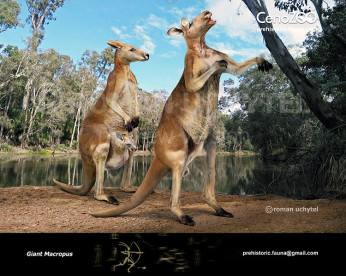Short-Faced Kangaroo (Procoptodon goliah)
4242Giant short-faced kangaroo (Procoptodon Owen, 1873)
Infraclass: Marsupiala
Order: Diprotodontia
Family: Macropodidae
Temporal range: during the Pleistocene epoch (Australia)
Dimensions:height - 200-250 сm, weight - 200-230 kg
A typical representative: Procoptodon goliah
Procoptodon was a genus of giant short-faced kangaroo living in Australia during the Pleistocene epoch. P. goliah, the one of largest known kangaroo that ever existed, stood approximately 2,5 m. They weighed about 200 kg.
Giant short-faced kangaroos had a flat face and forward-pointing eyes. On each foot they had a single large toe somewhat similar in appearance like a horse's hoof. On these unusual feet they moved quickly through the open forests and plains, where they sought grass and leaves to eat. Their front paws were equally strange: each front paw had two extra-long fingers with large claws. It is possible that they were used to grab branches, bringing leaves within eating distance. The genus was present until at least about 50,000 years ago before going extinct, although there is some evidence they may have survived to as recently as 18,000 years ago. Their demise is usually attributed to human activities, but this remains uncertain.
Giant short-faced kangaroo (Procoptodon Owen, 1873)
Infraclass: Marsupiala
Order: Diprotodontia
Family: Macropodidae
Temporal range: during the Pleistocene epoch (Australia)
Dimensions:height - 200-250 сm, weight - 200-230 kg
A typical representative: Procoptodon goliah
Procoptodon was a genus of giant short-faced kangaroo living in Australia during the Pleistocene epoch. P. goliah, the one of largest known kangaroo that ever existed, stood approximately 2,5 m. They weighed about 200 kg.
Giant short-faced kangaroos had a flat face and forward-pointing eyes. On each foot they had a single large toe somewhat similar in appearance like a horse's hoof. On these unusual feet they moved quickly through the open forests and plains, where they sought grass and leaves to eat. Their front paws were equally strange: each front paw had two extra-long fingers with large claws. It is possible that they were used to grab branches, bringing leaves within eating distance. The genus was present until at least about 50,000 years ago before going extinct, although there is some evidence they may have survived to as recently as 18,000 years ago. Their demise is usually attributed to human activities, but this remains uncertain.

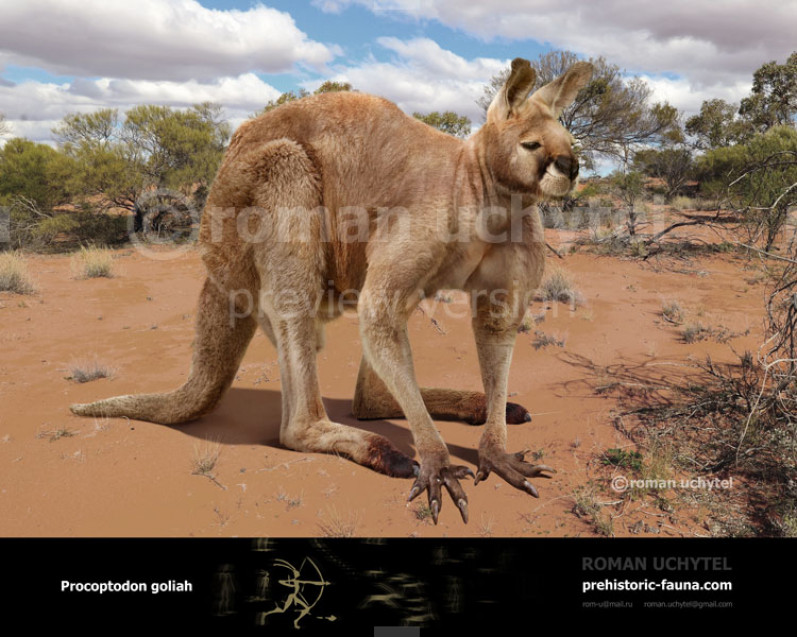
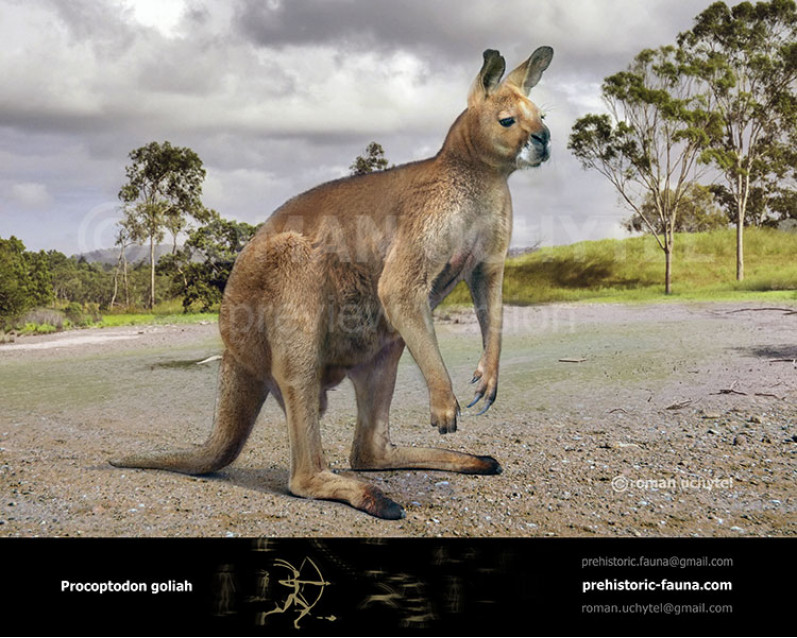
-797x638.jpg)
1-797x638.jpg)
2-797x638.jpg)
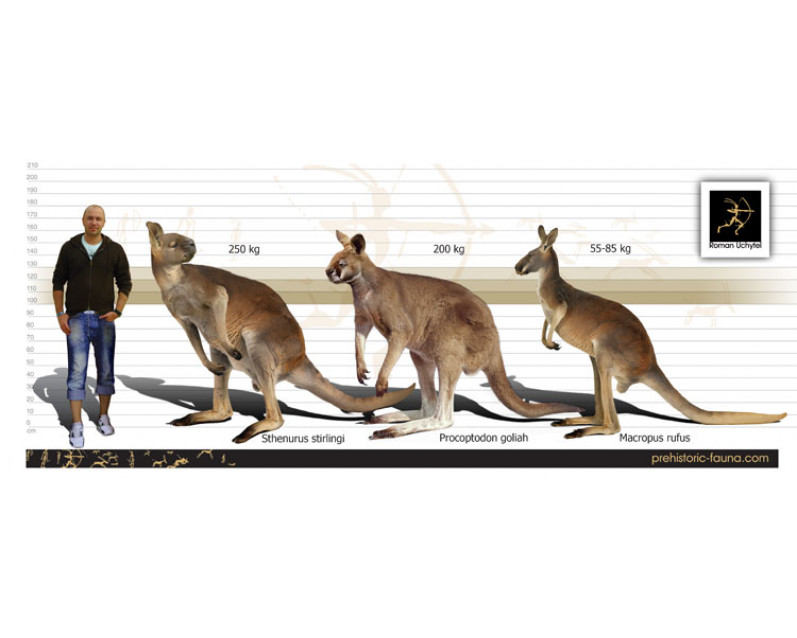


-70x56.jpg)
1-70x56.jpg)
2-70x56.jpg)

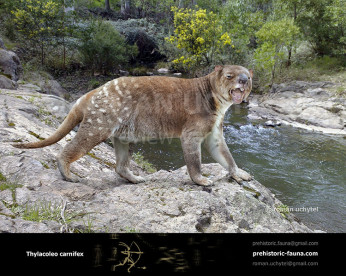
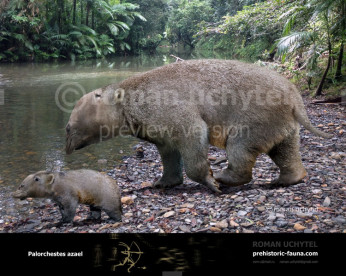
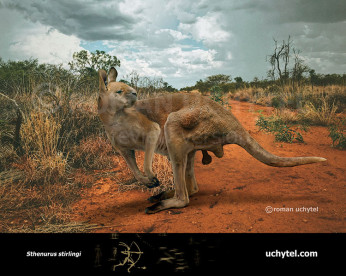
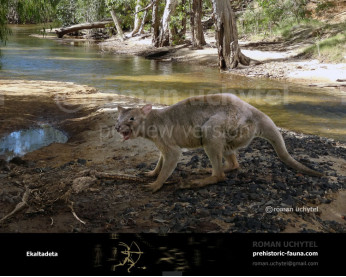
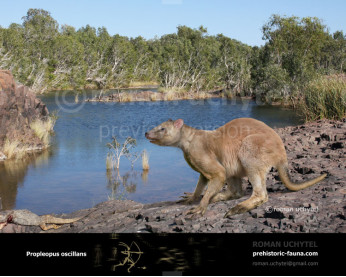
-346x277.jpg)
